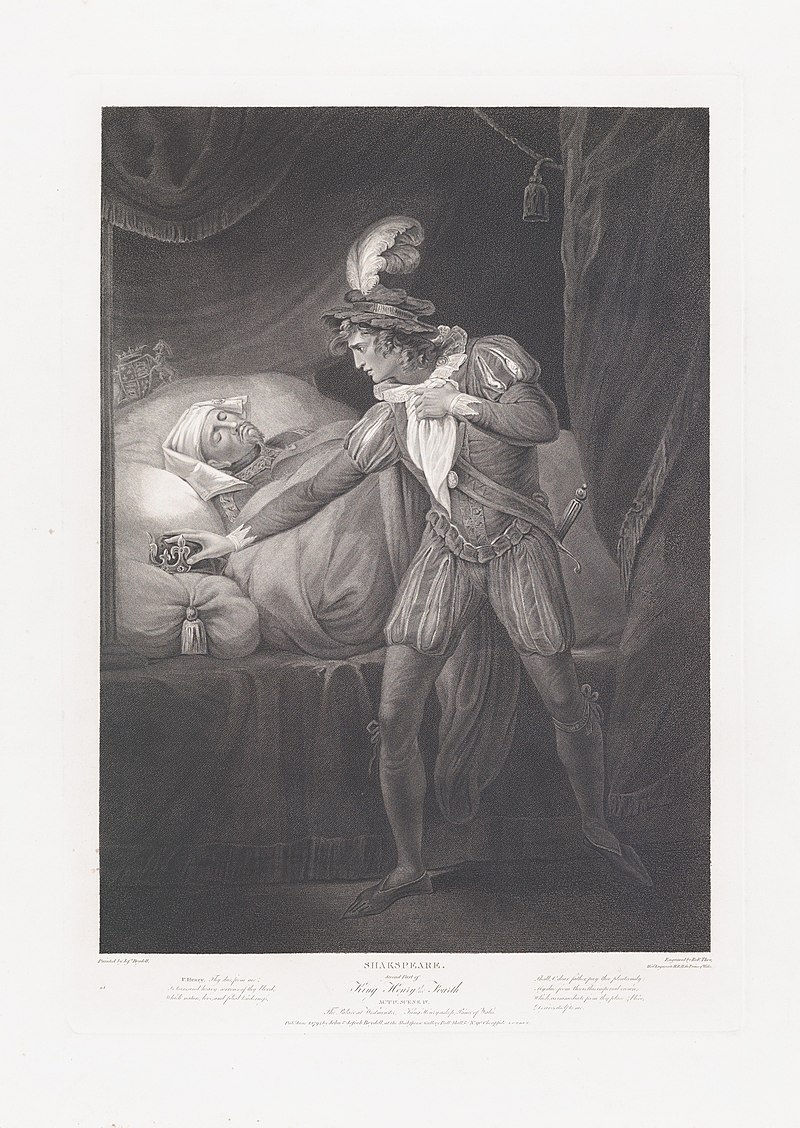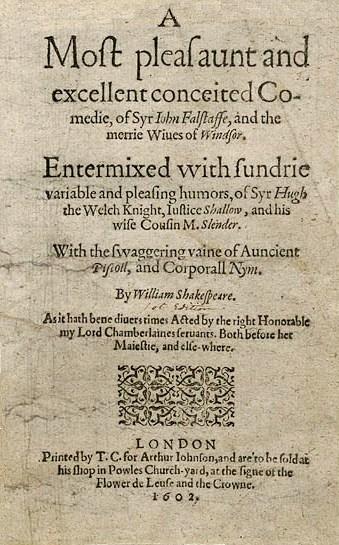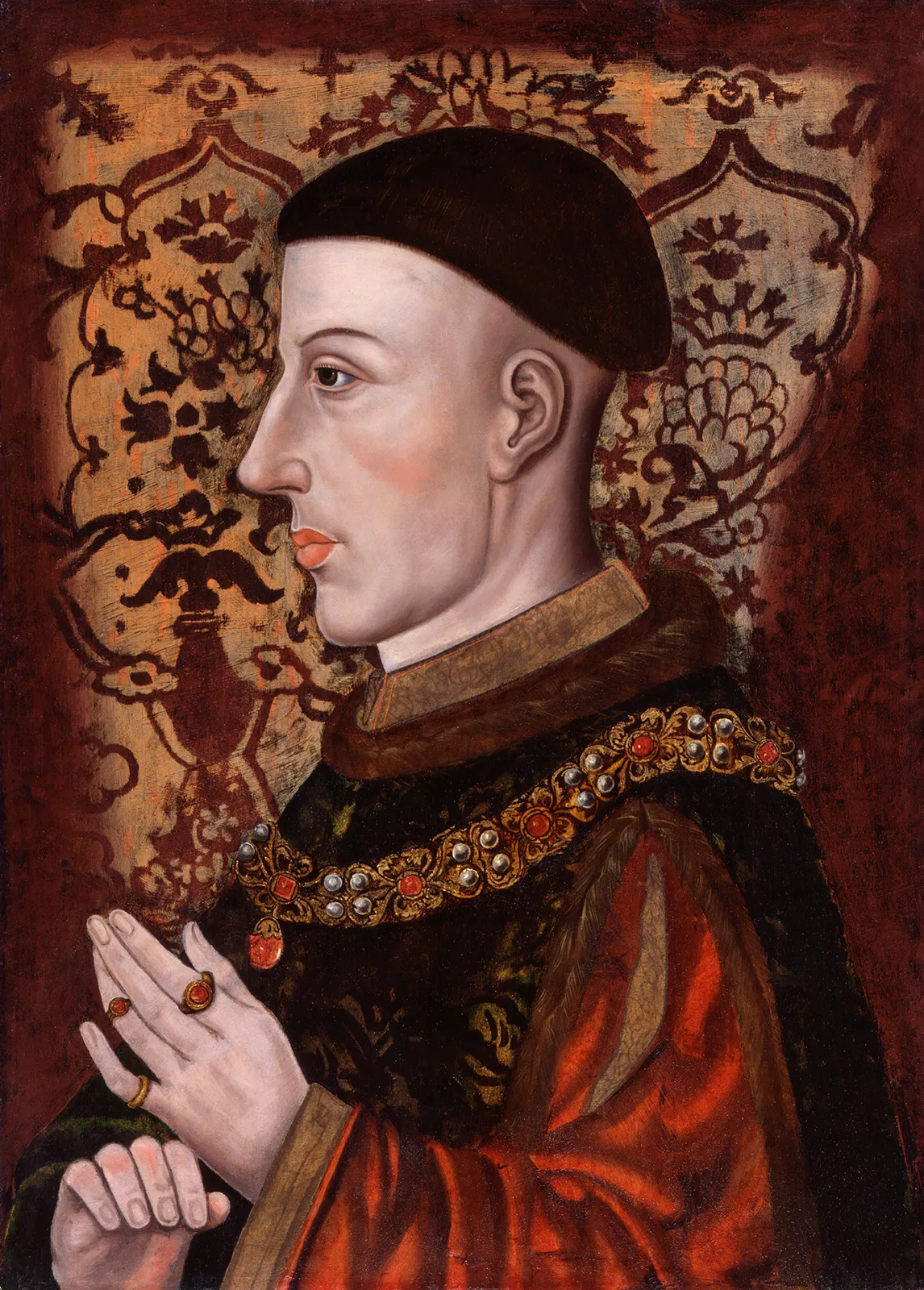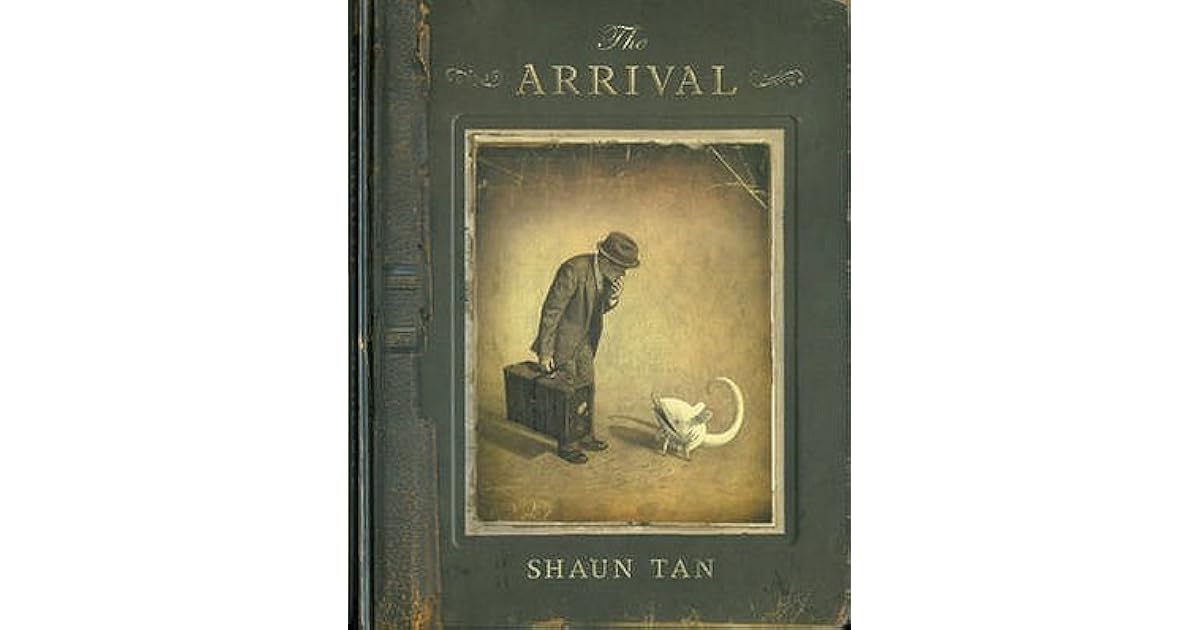Henry IV Part II Quiz Questions
1. Who is the main protagonist of Henry IV, Part II?
(a) Prince Hal
(b) King Henry IV
(c) Falstaff
(d) Hotspur
2. What is the significance of the “Induction” to Henry IV, Part II?
(a) It provides a prologue to the play.
(b) It introduces a subplot involving a rogue named Pistol.
(c) It serves as a warning against the dangers of rebellion.
(d) It sets the scene for the play’s tragic ending.
3. What is the outcome of the Battle of Shrewsbury?
(a) Prince Hal defeats Hotspur in a one-on-one duel.
(b) Hotspur’s rebels are victorious.
(c) King Henry IV is killed in battle.
(d) There is a stalemate between the two sides.
4. What is the main theme of Henry IV, Part II?
(a) The dangers of rebellion
(b) The importance of friendship
(c) The burden of kingship
(d) The power of love
5. Who is the Lord Chief Justice in the play?
(a) No Name
(b) The Archbishop of York
(c) The Duke of Northumberland
(d) Sir William Gascoigne
6. Which character is known for their love of food and drink, and their humorous antics?
(a) Hotspur
(b) Falstaff
(c) Prince Hal
(d) King Henry IV
7. What is the name of the tavern where Falstaff and his companions often gather?
(a) The Boar’s Head
(b) The Mermaid
(c) The Globe
(d) The Swan
8. Why does Prince Hal decide to abandon his wild ways and embrace his royal duties?
(a) He realizes that his father is dying
(b) He wants to impress his father
(c) He feels a sense of responsibility to his country
(d) He is tired of Falstaff’s company
9. What is the fate of Falstaff at the end of the play?
(a) He is banished from England
(b) He is executed
(c) He dies of a sweat
(d) He is pardoned by King Henry V
10. What is the significance of the “Gadshill” scene?
(a) It introduces the character of Poins
(b) It shows Prince Hal’s rebellious nature
(c) It foreshadows the conflict between the king and the rebels
(d) It provides comic relief
11. What is the name of the play that is performed within Henry IV, Part II?
(a) No Play is performed
(b) “The Comedy of Errors”
(c) “A Midsummer Night’s Dream”
(d) “Henry V”
12. Who is the speaker of the line “I can call spirits from the vasty deep”?
(a) Falstaff
(b) Glendower
(c) Prince Hal
(d) King Henry IV
13. What is the significance of the tavern scene in Act II?
(a) It reveals the king’s plans to overthrow Falstaff.
(b) It showcases the friendship between Prince Hal and Falstaff.
(c) It highlights the growing tension between the king and his son.
(d) It introduces the character of Mistress Quickly.
14. Why does Prince Hal banish Falstaff after he becomes King Henry V?
(a) He believes Falstaff is a threat to his reign.
(b) He wants to distance himself from his past.
(c) He is angry with Falstaff for his betrayal.
(d) He feels guilty for his past association with Falstaff.
15. What is the theme of “honor” explored in the play?
(a) The importance of upholding traditional values.
(b) The dangers of blindly following honor.
(c) The conflict between personal ambition and duty.
(d) The illusion of honor in a corrupt world.
16. Who is the leader of the rebellion against King Henry IV?
(a) Hotspur
(b) Archbishop Scroop
(c) Lord Mortimer
(d) Sir John Falstaff
17. What is the outcome of the rebellion against King Henry IV?
(a) The rebels are defeated, and King Henry IV remains in power.
(b) The rebels are successful, and Hotspur becomes king.
(c) The rebels are divided, and the rebellion fails.
(d) The rebels are pardoned by King Henry IV.
18. What is the significance of the death of Falstaff?
(a) It marks the end of Prince Hal’s wild youth.
(b) It symbolizes the decline of the old order.
(c) It highlights the tragic consequences of ambition.
(d) It foreshadows the death of King Henry IV.
19. What is the overall tone of the play?
(a) Optimistic
(b) Tragic
(c) Satirical
(d) Philosophical
20. What is the significance of the “hollow crown” mentioned by King Henry IV?
(a) It symbolizes the empty nature of power.
(b) It represents the weight of responsibility.
(c) It foreshadows the king’s impending death.
(d) It highlights the corrupt nature of the monarchy.
21. What is the relationship between Prince Hal and Hotspur?
(a) Rivals
(b) Friends
(c) Brothers
(d) Enemies
22. What is the significance of the “Eastcheap” tavern?
(a) It is the place where Prince Hal and Falstaff spend most of their time.
(b) It is the center of the rebellion against King Henry IV.
(c) It is the place where the king’s plans are made.
(d) It is the place where Falstaff’s death takes place.
23. What is the significance of the “Sheriff’s Pound” scene?
(a) It showcases Falstaff’s cowardice.
(b) It highlights the corruption of the English justice system.
(c) It foreshadows the rebellion against King Henry IV.
(d) It introduces the character of Doll Tearsheet.
24. What is the significance of the “death of King Henry IV” scene?
(a) It marks the end of the play.
(b) It symbolizes the end of an era.
(c) It foreshadows the reign of King Henry V.
(d) It highlights the tragic consequences of ambition.
25. What is the significance of the “Hotspur’s head” scene?
(a) It symbolizes the defeat of the rebellion.
(b) It highlights the brutality of war.
(c) It foreshadows the death of King Henry IV.
(d) It introduces the character of Prince John.
Henry IV Part II Quiz Questions with Answers
1. Who is the main protagonist of Henry IV, Part II?
(a) Prince Hal
2. What is the significance of the “Induction” to Henry IV, Part II?
(a) It provides a prologue to the play.
3. What is the outcome of the Battle of Shrewsbury?
(a) Prince Hal defeats Hotspur in a one-on-one duel.
4. What is the main theme of Henry IV, Part II?
(c) The burden of kingship
5. Who is the Lord Chief Justice in the play?
(a) No Name
6. Which character is known for their love of food and drink, and their humorous antics?
(b) Falstaff
7. What is the name of the tavern where Falstaff and his companions often gather?
(a) The Boar’s Head
8. Why does Prince Hal decide to abandon his wild ways and embrace his royal duties?
(c) He feels a sense of responsibility to his country
9. What is the fate of Falstaff at the end of the play?
(c) He dies of a sweat
10. What is the significance of the “Gadshill” scene?
(d) It provides comic relief
11. What is the name of the play that is performed within Henry IV, Part II?
(a) No Play is performed
12. Who is the speaker of the line “I can call spirits from the vasty deep”?
(b) Glendower
13. What is the significance of the tavern scene in Act II?
(d) It introduces the character of Mistress Quickly.
14. Why does Prince Hal banish Falstaff after he becomes King Henry V?
(a) He believes Falstaff is a threat to his reign.
15. What is the theme of “honor” explored in the play?
(a) The importance of upholding traditional values.
16. Who is the leader of the rebellion against King Henry IV?
(b) Archbishop Scroop
17. What is the outcome of the rebellion against King Henry IV?
(a) The rebels are defeated, and King Henry IV remains in power.
18. What is the significance of the death of Falstaff?
(a) It marks the end of Prince Hal’s wild youth.
19. What is the overall tone of the play?
(c) Satirical
20. What is the significance of the “hollow crown” mentioned by King Henry IV?
(a) It symbolizes the empty nature of power.
21. What is the relationship between Prince Hal and Hotspur?
(a) Rivals
22. What is the significance of the “Eastcheap” tavern?
(a) It is the place where Prince Hal and Falstaff spend most of their time.
23. What is the significance of the “Sheriff’s Pound” scene?
(a) It showcases Falstaff’s cowardice.
24. What is the significance of the “death of King Henry IV” scene?
(b) It symbolizes the end of an era.
25. What is the significance of the “Hotspur’s head” scene?
(a) It symbolizes the defeat of the rebellion.










